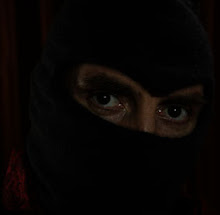




In the middle part of my career I suffered the crisis of conscience which all photographers in Africa with half a brain(and a conscience) suffer. The making of portraits seemed like the taking of lives to me, so I began, like the Bechers, to photograph objects in a serial fashion.
The Milnerton Market suffered at the hands of my new occupation and hoovers, particularly, took a knock.
At the same time I read a text in an academic journal which was about 'duplification' in the Afrikaans language. Repetition of a word like 'gou' indicates a certain peremptory quality, like 'don't do that thing now, do it right now!'
I thought that their domestic quality, and the repetition of the hoovers would be well suited to the text. The academic was less easy to persuade.
The author remarked that he had heard someone on a cookery show use the phrase, 'Nou nou nou'







